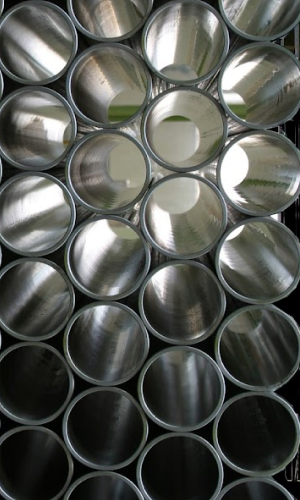Pipe features:
- high pressure resistance to ensure safe and reliable operation in harsh oil conditions;
- resistance to corrosion that may occur as a result of contact of the pipe with oil and moisture and other external factors;
- resistance to mechanical damage (impacts and shocks);
- appropriate chemical properties to prevent material fatigue and failure;
- dimensional accuracy (exact fit of the ends, durable and tight pipe connections);
- resistance to high temperatures that can occur during oil extraction, transportation and processing;
- ease of processing to allow adjustment to the individual needs and requirements of the pipeline.
